AI-Driven Facial Analysis for Cats: Detecting Hidden Health Signals
Your cat's face isn't just irresistibly cute-it's also a powerful window into their health. From tiny twitches to subtle tension, early signs of discomfort or illness often first appear in the face. The challenge? These changes are often too subtle for humans to detect.
With the rise of artificial intelligence, especially in visual recognition, analyzing these micro-expressions is now not only possible-it's practical. AI can help cat parents detect potential health problems before they become serious, simply by looking at their cat's face.
Part 1. What Are the Hidden Health Signals in a Cat's Face?
Here are some of the most common facial indicators that something may be wrong:
1. Changes in Facial Expression
Subtle changes such as:
- Eyes partly closed or dull
- Pupils dilated or unequal
- Ears held back or asymmetrical
- Whiskers pointing downward or pulled tightly back
These may indicate stress, pain, or illness.

2. Facial Symmetry
A suddenly uneven face-such as one drooping eyelid or uneven ear position-could be an early warning sign of nerve damage or a neurological issue.
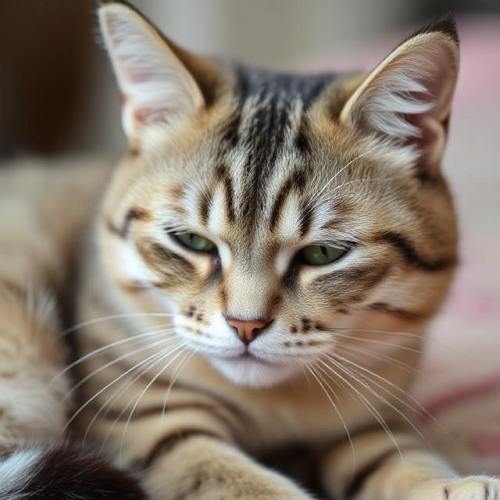
3. Hair Texture and Shine
Patchy fur, dullness around the nose or mouth, or changes in hair color may signal nutritional deficiencies or chronic health conditions.
4. Swelling or Scratching
Swollen cheeks, scratches near the eyes, or inflamed skin can be signs of allergies, infections, or parasites.
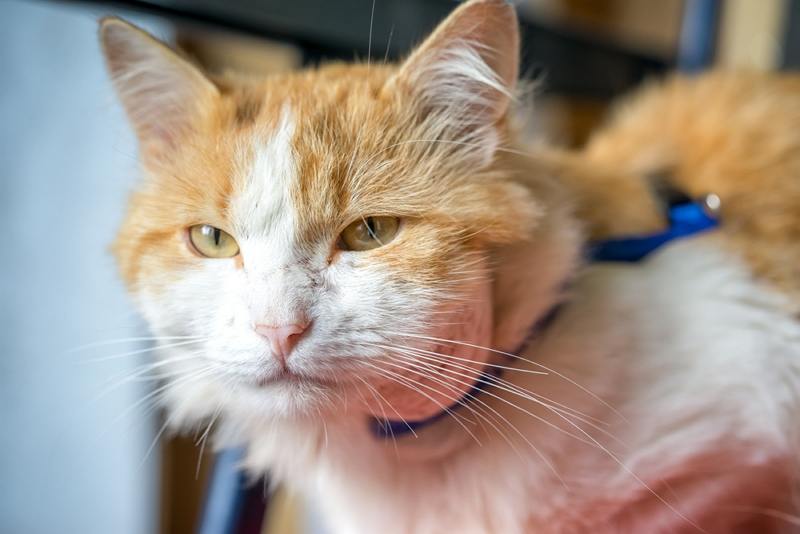
Part 2. The Rise of AI in Pet Health Monitoring
AI is quickly becoming a game-changer in pet healthcare. From smart collars that track activity to litter boxes that monitor digestion, pet tech is growing rapidly. But facial recognition is one of the most promising tools.
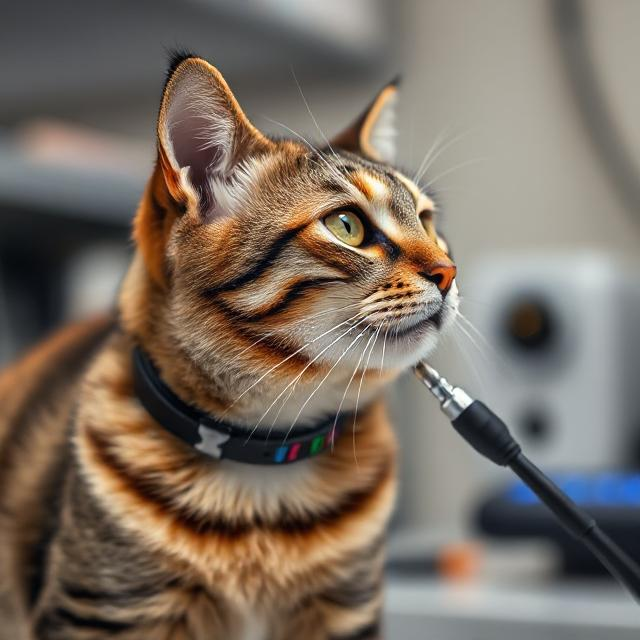
With AI-powered image analysis, apps and platforms can now detect subtle signs in your cat's face that may indicate discomfort, stress, or illness. By training models on thousands of feline images, these tools can learn to identify patterns invisible to the human eye.
Some companies are already developing or releasing prototypes of these tools, and while not perfect, they are becoming increasingly reliable.
Part 3. Ethical Considerations & Limitations
While AI in pet health is exciting, it's important to use it responsibly.
- Data Privacy: Always ensure that any photo or video of your pet is stored securely and used ethically.
- Breed Differences: AI accuracy can vary based on facial structure differences between cat breeds-what looks "abnormal" in one breed might be completely normal in another.
- AI ≠ Vet: These tools are nota replacement for a professional veterinarian. They are best used as early detection tools to prompt further attention when needed.
Conclusion: Be a Smarter Cat Parent with AI
Being a great cat parent means noticing the little things-especially the ones your cat can't tell you directly. By paying closer attention to your cat's facial expressions and embracing AI as a supportive tool, you can detect potential issues early and keep your feline friend healthy and happy for years to come.





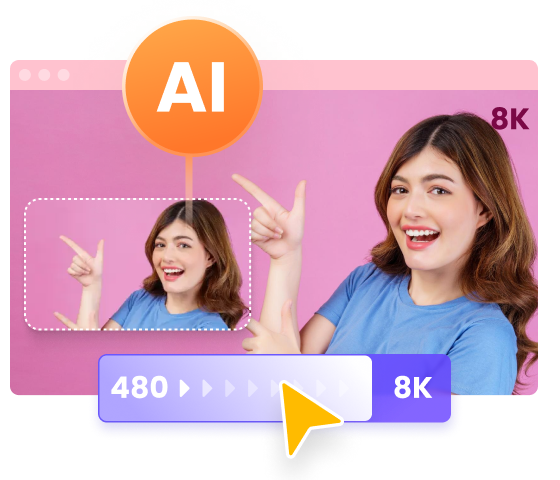
 HitPaw VoicePea
HitPaw VoicePea  HitPaw VikPea (Video Enhancer)
HitPaw VikPea (Video Enhancer)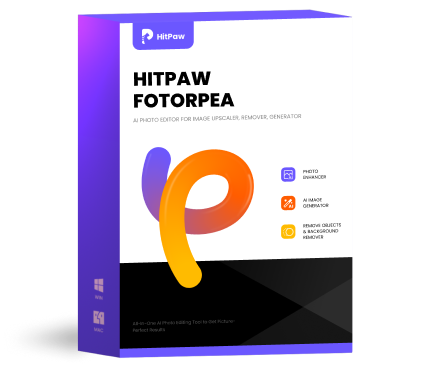 HitPaw FotorPea
HitPaw FotorPea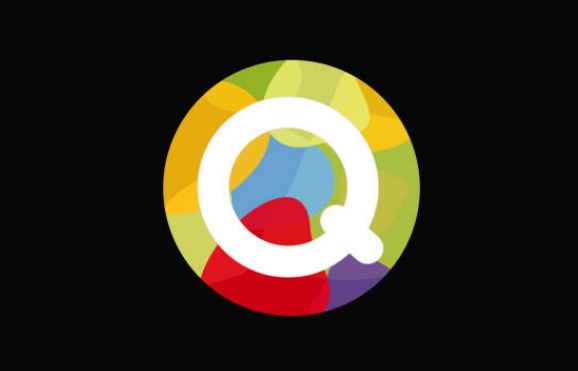
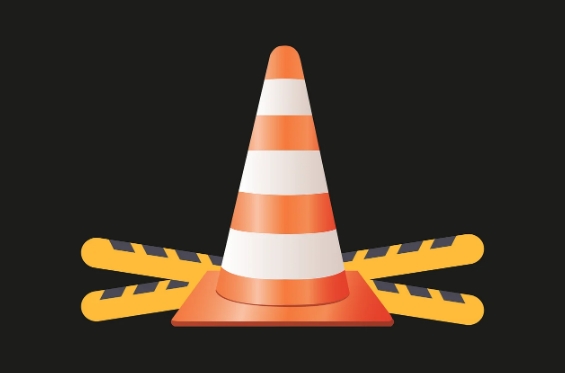


Share this article:
Select the product rating:
Daniel Walker
Editor-in-Chief
My passion lies in bridging the gap between cutting-edge technology and everyday creativity. With years of hands-on experience, I create content that not only informs but inspires our audience to embrace digital tools confidently.
View all ArticlesLeave a Comment
Create your review for HitPaw articles